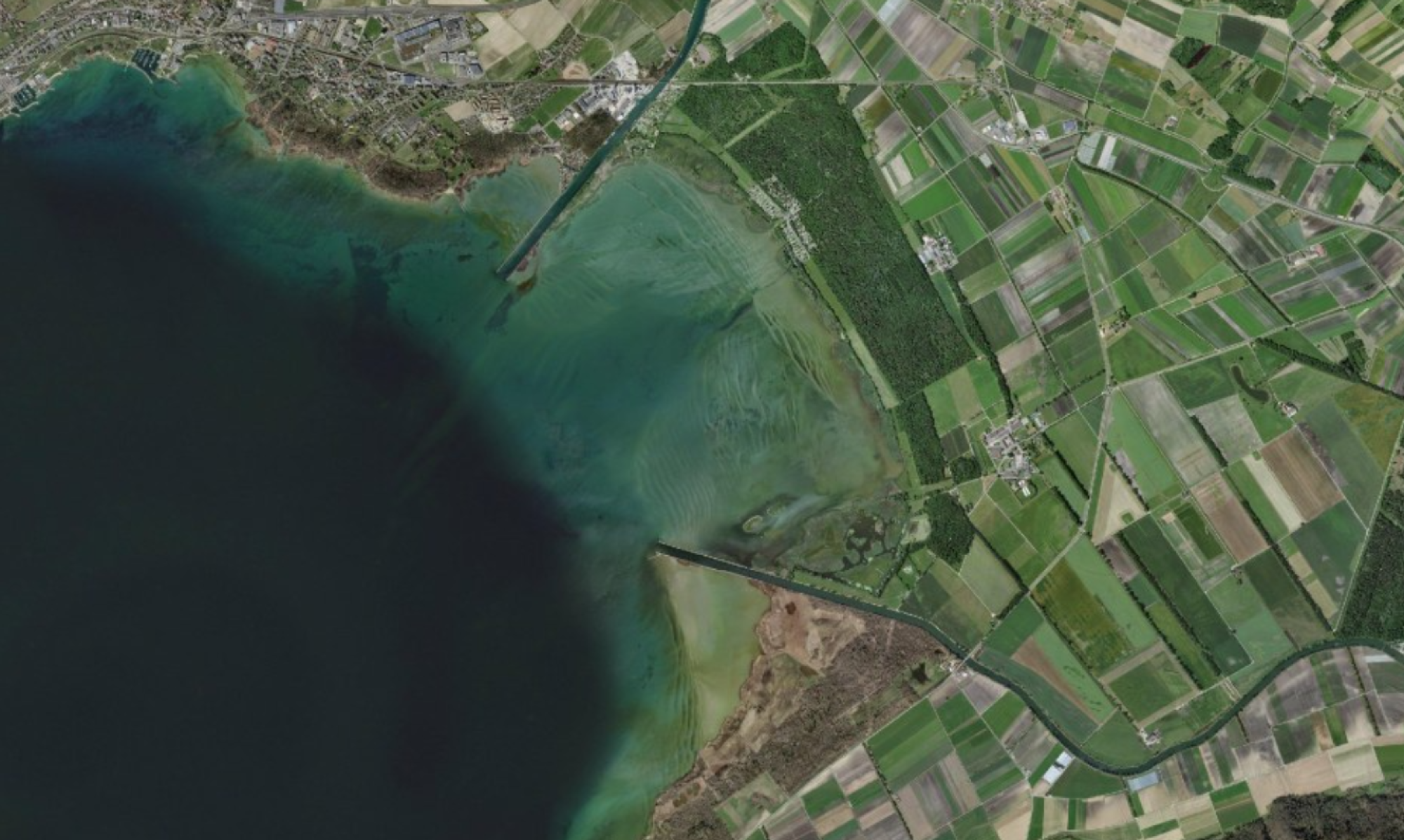Motivation
According to current climate change impact scenarios for Switzerland, water demand for irrigation in agriculture is expected to further increase in the future, while area runoff will decrease especially in the summer months in the midland regions of Switzerland.
This increases the pressure on water resources, which already leads to water scarcity, and results in local and temporary withdrawal bans from surface waters for agriculture.
However, it is difficult to assess whether and where such changes may lead to problems in the long term, as there is insufficient information on water use in agriculture.
Approach
In a collaboration with the group of Field-crop Production and Plant Breeding at the Bern School of Agricultural, Forest and Food Sciences (HAFL), the project SwissIrrigationInfo will compile existing data on agricultural irrigation, develop satellite-based methods to spatially map the current irrigation situation, and simulate crop-specific irrigation requirements through a agro- and ecohydrological model (SWAP -Soil-Water-Atmosphere-Plant) adapted to Swiss conditions.
The projects overarching goal is to identify trends in agricultural irrigation demand and impacts of local climate scenarios.
Main task
1. Compilation of data on agricultural water use (HAFL)
2. Development of a methodology to distinguish between irrigated and non-irrigated agricultural plots, based on Sentinel-2 satellite data (Agroscope)
3. Operationalization of a generic plant water balance model (SWAP) for crop-specific estimation of irrigation needs and its parametrization for Swiss conditions (Agroscope)
4. Combine results to estimate trends and model impact of local climate scenarios for agricultural water demand (Agroscope and HAFL)
EOA project team
Partners
- Field-crop Production and Plant Breeding at the Bern School of Agricultural, Forest and Food Sciences (HAFL)
- Agricultural water protection team at Agroscope
Funding partners
Swiss Federal Office for the Environment (FOEN)
